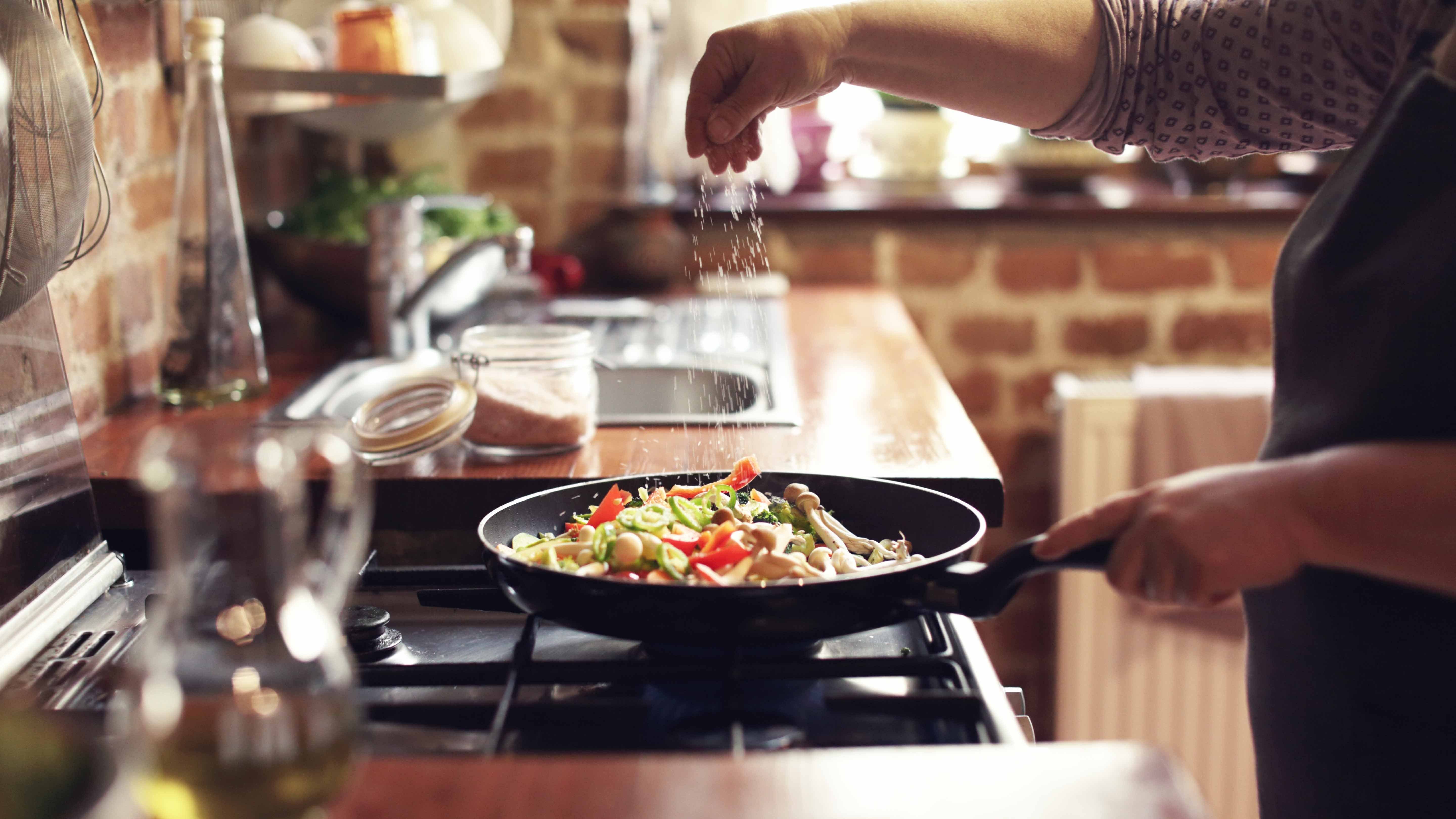Understanding sodium and weight gain


It’s a common belief that consuming excess sodium causes weight gain and bloating but does the most current research support this hypothesis? When it comes to sodium, the answer is more complicated than it appears.
Sodium, bloating, and weight gain
Everyone has had the experience of eating too many potato chips and subsequently feeling bloated. Most people are quick to place the blame on water retention which, although a likely explanation, is still relatively new territory for researchers. Until recently, research has mainly focused on gastrointestinal bloating and its relationship to fibre consumption. What the sodium and bloating theory leaves out is the undeniable strong correlation between excess salt intake and obesity in children and adults — especially fat around the midsection, which can be a precursor to metabolic syndrome. There are several theories about why this correlation exists:
- Salty foods increase appetite. If you’ve ever eaten movie popcorn you’ll know that even though your brain is sending you satiation cues it can feel impossible to stop snacking.
- Salty foods make you thirsty. When you feel thirsty it’s easy to grab the drink that’s closest to you — such as juice, pop, beer or sugary coolers — and down the whole glass or bottle.
- Processed foods are high in sodium. Store bought salad dressing, pasta sauce, crackers, soup, salsa, and bread are notoriously high in sodium. Potato chips, pretzels, salted popcorn, tortilla chips, donuts, cookies, and other bakery items also tend to have high sodium levels.
- Salt may have an effect on your gut microbiome. Preliminary animal studies have shown there may be a relationship between salt and the gut bacteria Lactobacillus. Lactobacillus are a good kind of gut bacteria, helping the body ward off certain types of illness and infection. Early research shows that excessive salt intake may kill off Lactobacillus bacteria and contribute to weight gain in the midsection.
What does sodium intake look like in a healthy diet?
Health Canada currently recommends a daily sodium limit of 2300 mg or one teaspoon, a recommended daily allowance many Canadians are surpassing on a regular basis. The major sodium offenders are commercially prepared bakery items, processed meat, and frozen meals. If you’re trying to lower your sodium intake one of the biggest and most immediate ways to have an impact is to cut out as much ultra-processed foods as possible. A diet rich in fruits and vegetables, whole grains, lean sources of protein, and minimally processed foods will help ensure your daily sodium requirements are met — but not exceeded.
How to cope after a major salt binge
If you’ve consumed a day’s worth or more of sodium in one sitting there’s no reason to panic, there are several strategies to help reduce the lethargy and bloat following a heavy dose of salt.
- Drink plenty of water. Water is a great way to help your body flush out excessive amounts of sodium. Add fresh fruit and herbs for a tasty treat if they help you drink more water.
- Up your potassium intake. Foods that are high in potassium, such as sweet potatoes, bananas, black beans, orange slices, watermelon, and avocados, will help flush potassium out of the system.
- Get sweaty! Sweating it out — through exercise or the use of a sauna — will help your body flush out extra sodium.
